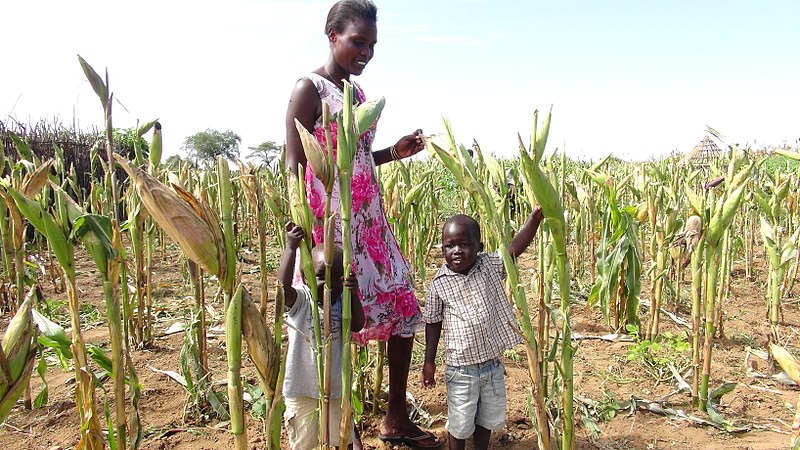Most African nations’ economies rely heavily on agriculture. It provides roughly 60% of the continent’s export earnings and about 37% of its gross domestic output. In addition, more than 76 percent of the workforce, including a major section of the continent’s 987 million rural residents, are employed mostly in agriculture.
By funding agricultural research and development to create new food crop types that are resistant to pests and diseases as well as more effective irrigation systems, African nations may address the issues of low agricultural output. In order for farmers to buy inputs and sell their goods at a reasonable price, African nations should also expand their access to markets and financing. To improve the coordination of agricultural policies and programs throughout the continent, it is equally important to strengthen agricultural institutions.
ECOLOGICAL
When soils are exhausted from repeated cropping without adequate soil amelioration, both organic and inorganic fertilizers are crucial inputs for increasing food yields. Furthermore, high-yielding seeds have a major influence on crop output and return on investment, making them a critical agricultural input.
Conventional, unimproved seeds yield less than 1 metric tonne per hectare, but improved seeds can yield 4-6 metric tons per hectare. Farmers must switch from old methods to science and technology-based farming methods, which include the use of fertilizers, improved seeds, and contemporary agronomic procedures, in order to boost agricultural productivity.
CONSTRAINTS
However, there are major obstacles to the timely delivery and accessibility of vital agricultural inputs in Africa, which lowers the continent’s food productivity. For early planting to be possible under favorable meteorological conditions, input distribution must be available at the appropriate time. Consequently, the accumulation of thermal time required for the best possible crop growth and development in ecological situations is guaranteed.
However, prompt access to this resource is hampered by Africa’s fragmented and underdeveloped input market. The issue is made worse by elements including market development, technological constraints, and poor infrastructure. Many farmers thus struggle to get the required input in a timely manner, which has a detrimental effect on their crop yield and overall agricultural productivity. To increase food production in Africa, these issues must be resolved and input delivery methods must be made more efficient.
A lack of human resources, limited access to capital, a lack of market understanding, and an inefficient regulatory framework for agricultural supplies and inputs are some of the market development-related problems that hinder Africa’s timely provision of farm input. The absence of fundamental technical knowledge among African farmers must be addressed on the technical side, especially in relation to fertilizer application, as this knowledge is necessary for timely food planting. Inadequate road networks and other infrastructure constraints might also make it challenging to reach these locations, particularly in remote areas.
APPROACH
APET also investigates how agricultural practices, such as choosing the best crops and using the best inputs, can be guided by satellite and drone systems. Digital technologies also simplify logistical processes, including the use of drones to carry seeds. According to APET, digitalization can increase farmers’ resilience, productivity, and ability to react by turning obstacles to timely access to agricultural inputs into possibilities.
